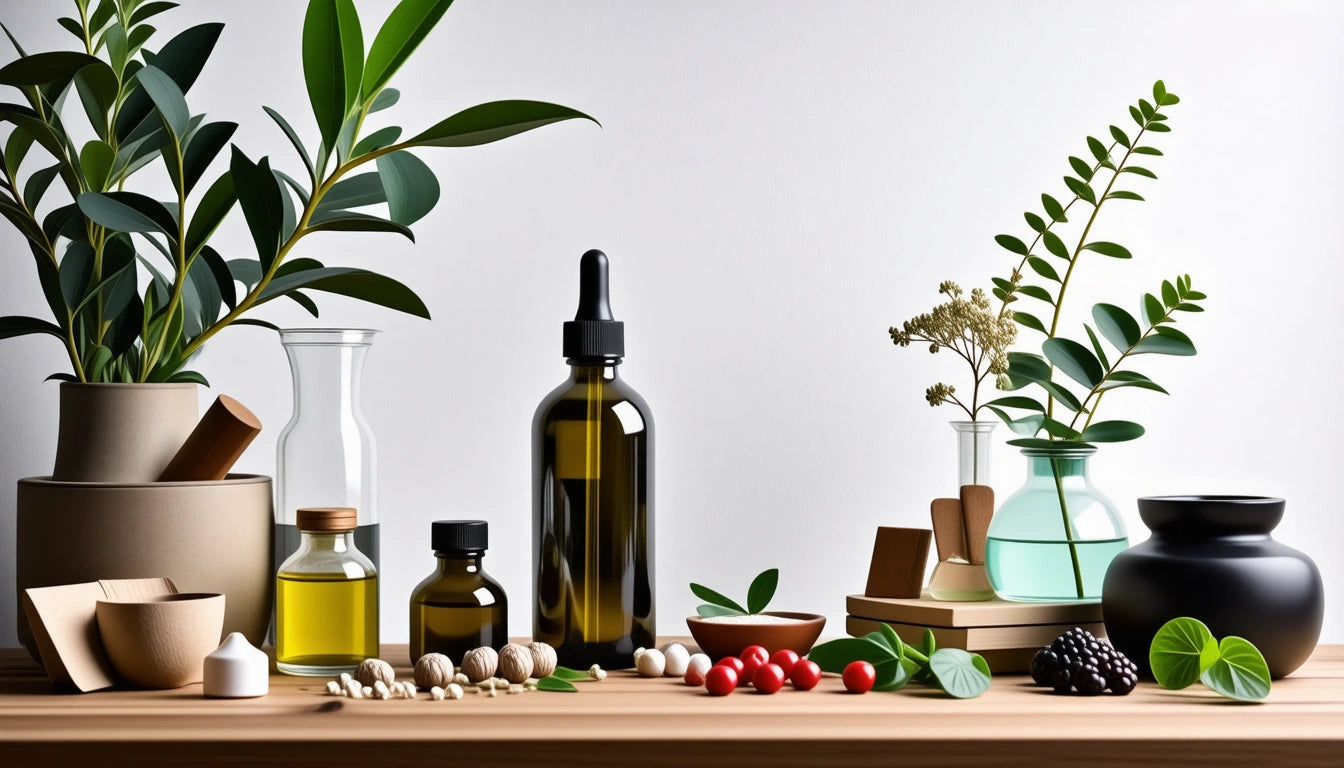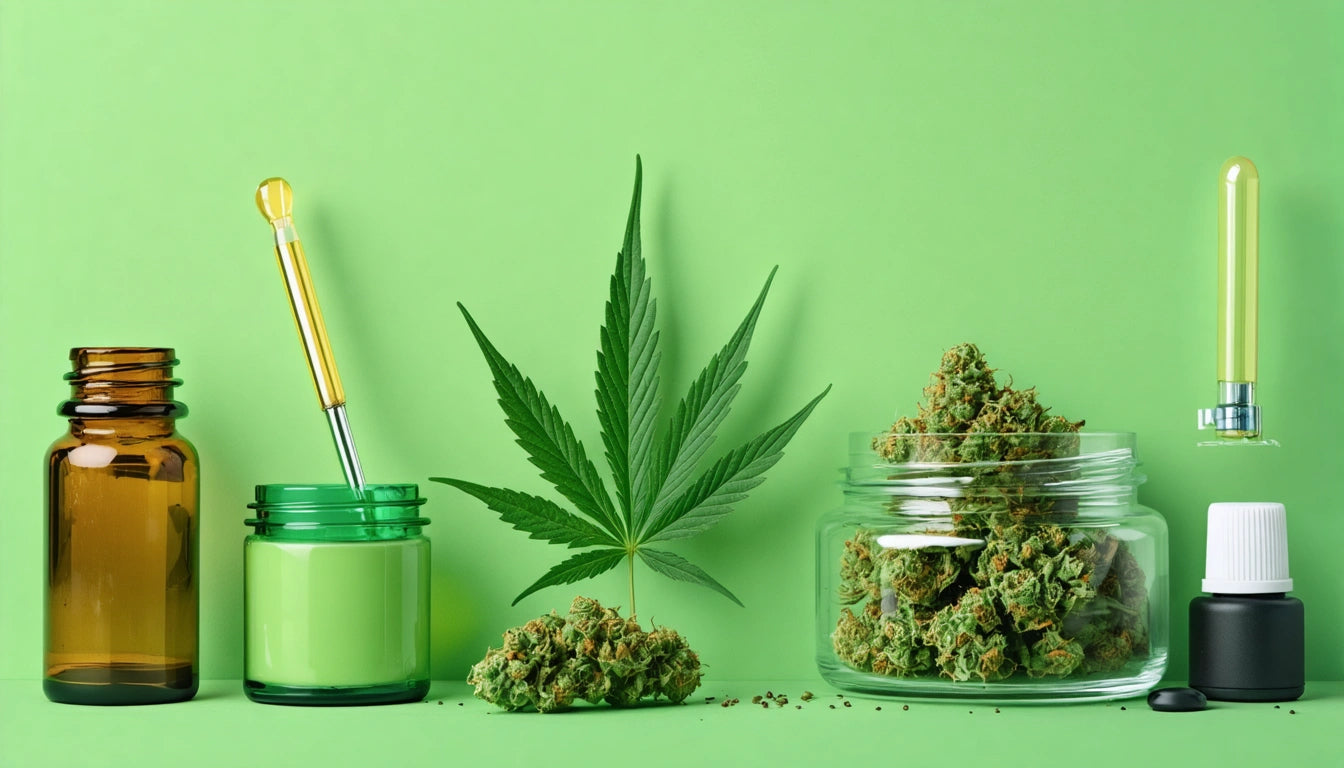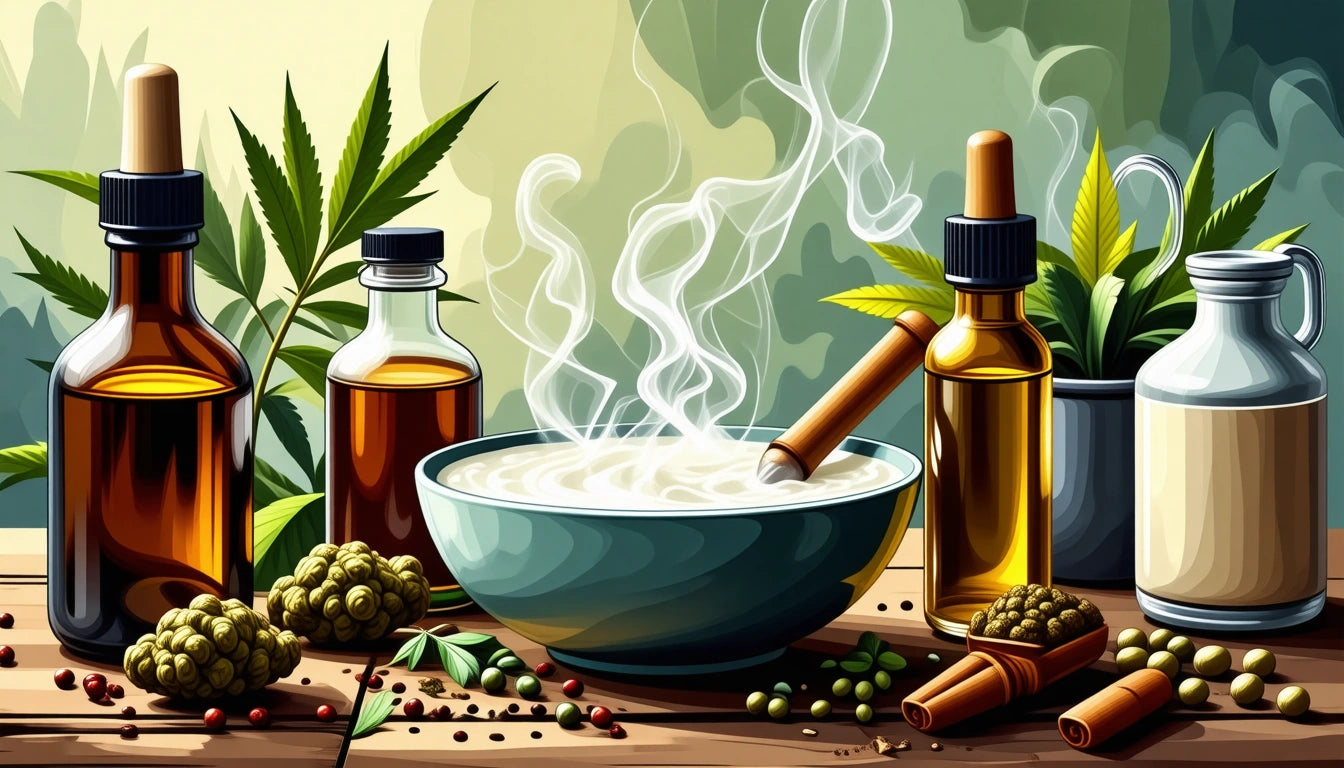Table of Contents
- Glycerin Tincture Basics: Understanding the Foundation
- Ingredients and Equipment: What You'll Need
- Step-by-Step Process: Making Your Glycerin Tincture
- Storage and Shelf Life: Preserving Your Tincture
- Usage Guidelines: How to Use Your Glycerin Tincture
- Troubleshooting Tips for Homemade Glycerin Tinctures
How to Make a Glycerin Tincture at Home
Creating your own glycerin tincture at home is both rewarding and cost-effective. Unlike alcohol-based alternatives, glycerin tinctures offer a sweeter taste and are suitable for those avoiding alcohol. This comprehensive guide walks you through the process of making a glycerin tincture from start to finish, ensuring you achieve potent and consistent results.
Glycerin Tincture Basics: Understanding the Foundation
Glycerin tinctures are liquid extracts that use vegetable glycerin as the solvent instead of alcohol. While traditional tinctures typically use high-proof alcohol, glycerin offers several advantages: it's naturally sweet, alcohol-free, and gentle on the body. However, it's important to note that glycerin is less efficient at extracting certain compounds compared to alcohol, which may result in a less potent final product.
The glycerin extraction process works by drawing out the beneficial compounds from herbs, plants, or other botanical materials through a process called maceration. While the process takes longer than alcohol extraction, many prefer glycerin tinctures for their milder taste and alcohol-free composition.
Ingredients and Equipment: What You'll Need
Essential Ingredients:
- Vegetable glycerin (food-grade, USP certified)
- Dried herbs or botanical material of choice
- Filtered or distilled water (optional, for dilution)
Required Equipment:
- Glass jars with tight-fitting lids
- Cheesecloth or fine mesh strainer
- Funnel
- Amber or blue glass dropper bottles for storage
- Labels and marker
- Optional: precision filling equipment for transferring your finished tincture to smaller bottles
Step-by-Step Process: Making Your Glycerin Tincture
1. Prepare Your Botanical Material
Start with thoroughly dried herbs or botanical material. Fresh materials contain water that can dilute your tincture and potentially introduce mold. Chop or grind your dried material to increase surface area, which improves extraction efficiency. However, avoid grinding too finely as this can make straining difficult later.
2. Combine Ingredients
Place your prepared botanical material in a clean glass jar, filling it about halfway. Pour vegetable glycerin over the material until completely covered with an additional 1-2 inches of glycerin above the material. Stir gently with a clean utensil to remove air bubbles and ensure all plant material is submerged.
3. Maceration Period
Seal the jar tightly and store in a cool, dark place. Unlike alcohol-based tinctures, glycerin extractions require longer maceration periods:
- Minimum: 3-4 weeks
- Optimal: 6-8 weeks
Shake the jar gently every few days to facilitate extraction. Some herbalists recommend placing the jar in a warm water bath (around 95 °F/35 °C) for a few hours each week to improve extraction efficiency.
4. Straining Process
After the maceration period, strain the mixture through cheesecloth or a fine mesh strainer. For best results:
- Line a funnel with cheesecloth and place over a clean jar
- Pour the glycerin mixture through slowly
- Gather the corners of the cheesecloth and gently squeeze to extract remaining glycerin
For an even clearer tincture, you can repeat the straining process using a coffee filter, though this will take significantly longer due to glycerin's thick consistency.
Storage and Shelf Life: Preserving Your Tincture
Transfer your strained glycerin tincture to amber or blue glass bottles with droppers for protection from light. When properly stored, glycerin tinctures typically have a shelf life of 1-2 years. Store in a cool, dark place away from direct sunlight and heat sources. Refrigeration is not necessary but can extend shelf life.
Always label your bottles with:
- Name of botanical material used
- Date of preparation
- Approximate potency (if known)
- Recommended dosage
Usage Guidelines: How to Use Your Glycerin Tincture
Glycerin tinctures can be administered in several ways, depending on your preference and the intended use. As outlined in this guide on proper tincture usage, common methods include:
- Sublingual (under the tongue): Hold for 30-60 seconds before swallowing
- Added to beverages: Mix with tea, water, or juice
- Incorporated into food: Add to recipes that don't require high heat
Start with a small dose (3-5 drops) and gradually increase as needed. Unlike alcohol tinctures, glycerin extracts are less likely to cause a burning sensation when taken sublingually, making them more comfortable for sensitive individuals.
Troubleshooting Tips for Homemade Glycerin Tinctures
Even experienced herbalists encounter challenges when making glycerin tinctures. Here are solutions to common issues:
Weak Potency
If your tincture seems less potent than desired, consider:
- Using the warm bath method during extraction
- Extending the maceration period
- Creating a double extraction (strain after initial period, add fresh botanical material, and macerate again)
- Using a glycerin/water mixture (3:1 ratio) which can improve extraction of water-soluble compounds
Difficulty Straining
Glycerin's thick consistency can make straining challenging. To improve this process:
- Warm the mixture slightly before straining (not above 120 °F/49 °C)
- Use multiple layers of cheesecloth
- Allow gravity to do most of the work rather than forcing it
- For larger batches, consider specialized techniques for dried herb tinctures
Creating glycerin tinctures at home allows you to customize herbal preparations to your specific needs while avoiding alcohol. Though the process requires patience, the resulting sweet-tasting, gentle extracts are worth the effort. With proper technique and quality ingredients, you can create effective glycerin tinctures that serve as valuable additions to your natural wellness toolkit.











Leave a comment
All comments are moderated before being published.
This site is protected by hCaptcha and the hCaptcha Privacy Policy and Terms of Service apply.